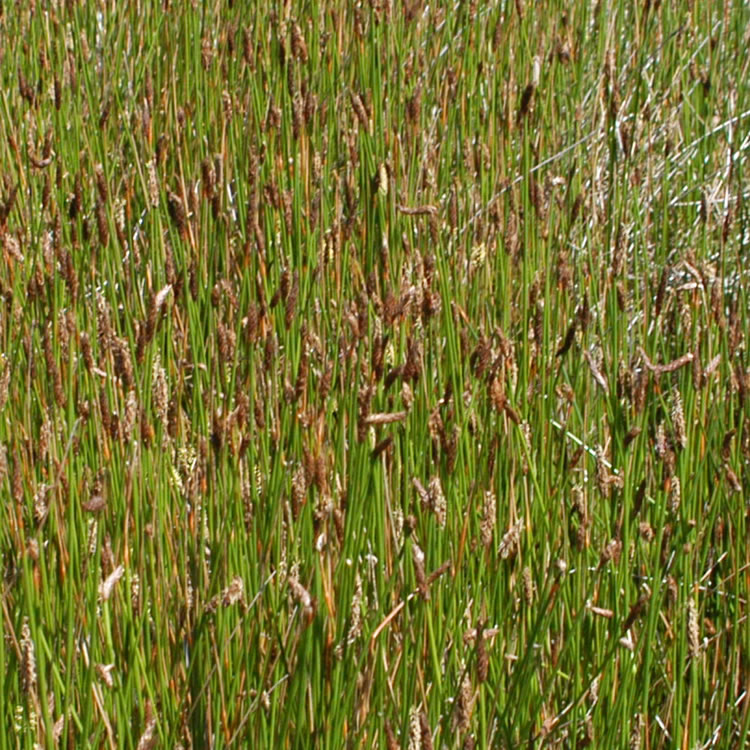Common spike-rush

Community type
Habitat type
Tidal wetlands and macrophytes beds
This is a perennial sedge that grows up to 1 m high and occurs in fresh seasonally waterlogged waterways such as lakes, wetlands and rivers. The common spike-rush may form dense colonies across shallow water bodies. It is often the dominant species in preferred habitats as stems grow from a dense root stock which forms a thick shallow mat known as a rhizome root base. New circular stems shoot up from this root base and look like spears, with a brown flower head in September to December.
Common spike-rush is an excellent soil stabiliser due to its network of roots. Like the common reed (Phragmites australis) it strips nutrient from water which runs off the land. It also has the ability to pump oxygen into the sediment, which assists with essential microbial activity. Common spike-rush is regularly used by waterbirds as nesting material. If you watch a patch closely, especially at dawn or dusk, you may see a range of cryptic waterbirds emerge, such as Tasmanian native hens, crakes or rails.
